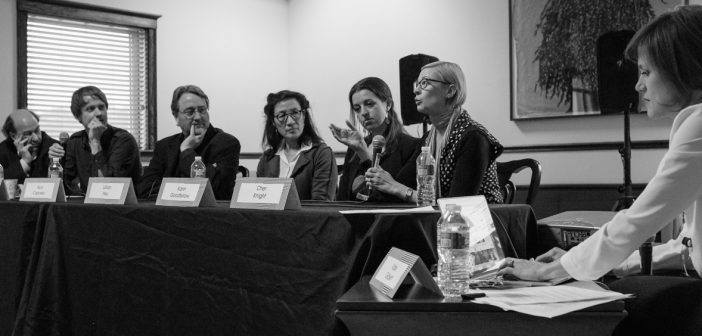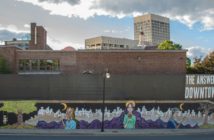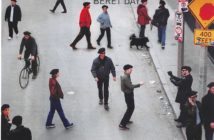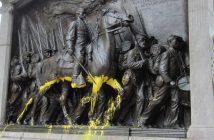In his seminal study on the subject, The Texture of Memory: Holocaust Memorials and Meaning, James Young distinguishes monuments from memorials as “material objects, sculptures, and installations used to memorialize a person or thing...a memorial may be a day, a conference, or a space, but it need not be a monument. A monument, on the other hand, is always a kind of memorial.”
Kate Gilbert, an artist, curator, and the director of Now and There, began Beyond the Bust: Defining Our Public Monuments, with Young’s interpretation of memorials. A panel discussion co-hosted by BR&S and Now and There, Beyond the Bust sought to connect artists, curators, and scholars together with “the public” to discuss what monuments mean in us locally, regionally, nationally, and internationally. We were thrilled to bring Julian Bonder, Halsey Burgund, Nick Capasso, Karin Goodfellow, Lillian Hsu, and Cher Krause Knight, to Roxbury Community College for an open-ended, informal conversation on memorials: conceptual, political, and experiential, commemorative public art works.
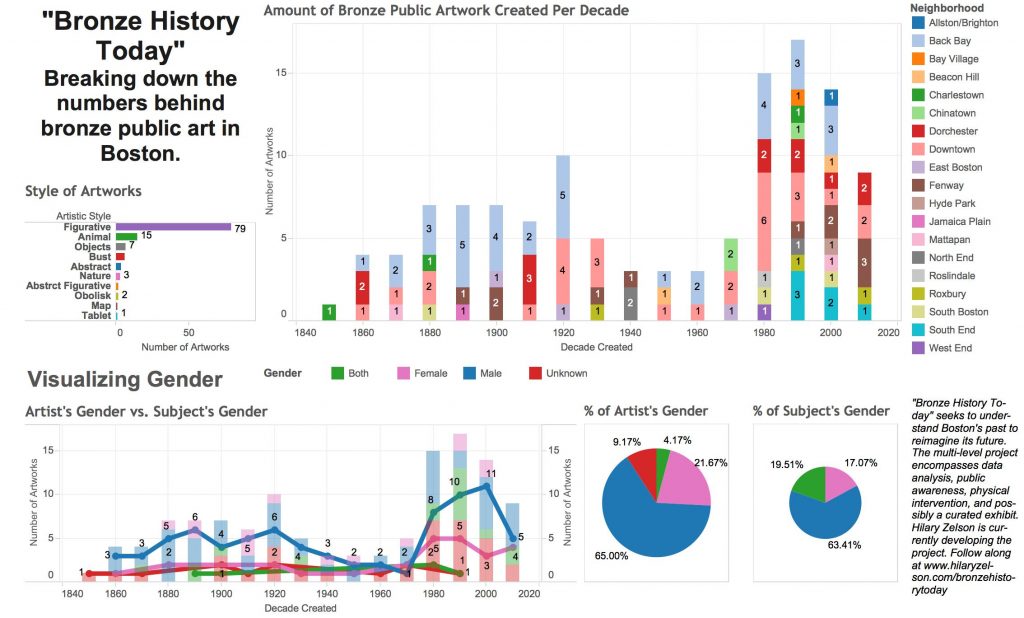
Audience member Hillary Zelson provided an infographic of the existing bronze memorials in Boston
Towards the end of the panel, Hsu suggested that when making a memorial, "the public," for many city and art administrators, is a vague, anonymous group. Capasso said that history is constantly in a state of being reassessed or rewritten, making it almost impossible to create a truly “permanent” monument while Goodfellow suggested that very few, if any, of Boston’s memorials have been contested so much as to be removed. Bonder and Burgund, who have each created memorials, discussed how they strive to make invisible or forgotten people and places. Knight reminded us that wounds should “breath,” that we need to process tragedies before memorializing them.
The dialogue between panelists as well as with the audience was rich; please check out #BeyondtheBust or the Storify for more discussion. If you'd like to read more, we highly recommend Young's book, in addition to Erika Doss's Memorial Mania or Cher Krause Knight's Public Art: Theory, Practice and Populism. We hope that our conversation on memorials in Boston, New England, and beyond is just the first of several that will allow us to understand, appreciate, and acknowledge the enormity of contemporary memorial making.
The support of our friends at Boston Creates, Roxbury Community College, ArtWeek Boston, and Now + There made Beyond the Bust possible. Thank you!
More statistical information on bronze statues in Boston can be found in Hilary Zelson's project "Bronze History Today".

